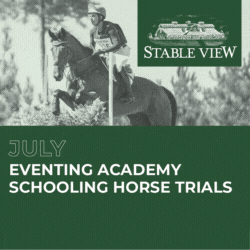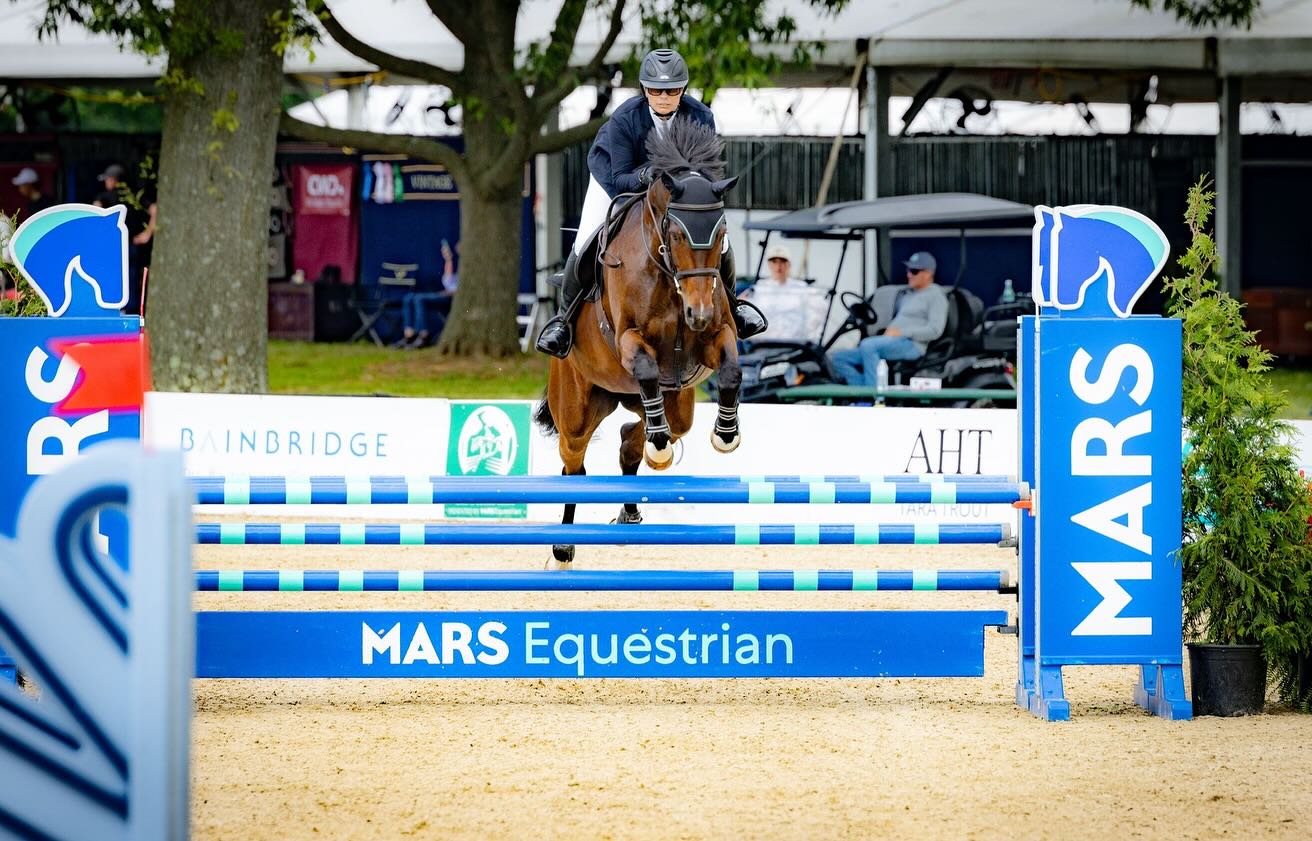
Photo by Tina Fitch Photography.
The USEA American Eventing Championships (AEC) presented by Nutrena Feeds is getting closer and more enticing by the day. Accessibility and opportunities abound with early stabling arrangements for those hauling long distances and the addition of Festival classes in the Modified, Preliminary, Intermediate, and Advanced Open divisions.
The AEC will be held Aug. 27-31 at Galway Downs in Temecula, California.
Early Arrivals for Long Haulers
In anticipation of horses and riders traveling from all over the country, the Galway Downs organizing team has announced special stabling arrangements for those traveling long distances.
As a lifelong horseman and competitor, Galway Downs organizer Robert Kellerhouse advocates the horsemanship principle that long travel requires horses to have adequate recovery time before they start the competition.
To accommodate that, Galway Downs set the following schedule for horses traveling from specified USEA Areas to arrive without incurring extra stabling fees.
Horses from Areas I, II, III and VIII: Arrival time 12 p.m., Friday, August 22
Horses from Areas IV, V and IX: Arrival time 12 p.m., Saturday, August 23
Horses from Areas VII and X: Arrival time 12 p.m., Sunday, August 24
Horses from Area VI: Arrival time 12 p.m., Monday, August 25
All early arrivals are by appointment only. Appointments can be made by email to [email protected].
Tuesday, Aug. 26, at 8 a.m., is the normal horse arrival date for the AEC. Stabling fees are $275 per stall, which includes the stall through Monday, Sept. 1 at 8 a.m. Early arrival requests outside of the parameters stated above are subject to availability and will be charged at $50 per stall for each day that precedes the stated arrival/distance schedule.
Festival Classes for Modified–Advanced Divisions
With an eye toward encouraging professionals and other upper-level riders to capitalize on the championship atmosphere and challenges, non-championship Festival classes will be offered for Modified, Preliminary, Intermediate and Advanced divisions.
The courses will be the same as the Clayton Fredericks-designed tracks for those Championship levels. New horses or those not qualified for the AEC can gain mileage in Galway Downs’ famously electric atmosphere and on the 242-acre venue’s beautiful cross-country courses.
In this first year of Galway Downs hosting the AEC, the Festival classes open more opportunities for those prepared to compete at these levels but not quite ready or qualified for Championship inclusion.
If you are planning to compete at the 2025 AEC, remember that entries open on Tuesday, July 15 and will close on Tuesday, Aug. 12. Click here to view the AEC calendar listing. As a reminder, both horse and rider must be qualified for the AEC at the level they wish to compete in. For more information, please visit the AEC qualification page, and view the lists of Qualified Riders and Qualified Horses. For questions regarding AEC qualifications, contact Hannah Seagle.
The USEA looks forward to seeing everyone in California! Stay tuned to the USEA website for more event updates and details, and don’t forget to respond “going” on the 2025 AEC Facebook event page. For general questions about the AEC, please contact Kate Lokey.



































